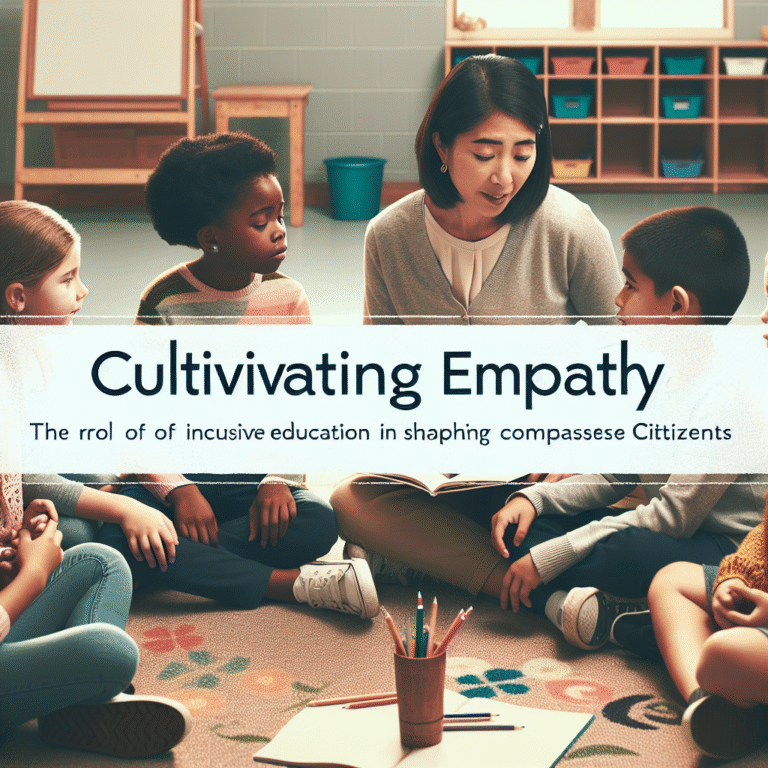
Introduction
In an ever-evolving educational landscape, understanding how learners thrive is essential. One theory that consistently emerges as a cornerstone of pedagogical strategies is Lev Vygotsky’s concept of the Zone of Proximal Development (ZPD). Imagine a framework that not only enhances learning but also cultivates a love for it—this is the promise of unlocking potential through Vygotsky’s insights. By diving deep into the ZPD, educators and parents can better support learners on their journeys, empowering them to achieve more than they ever thought possible.
The Essence of Vygotsky’s Theory
What Is the Zone of Proximal Development?
At its core, the Zone of Proximal Development represents the sweet spot between what a learner can do independently and what they can achieve with guidance. To visualize this relationship, think of a bridge that connects knowledge and potential. Vygotsky emphasized the importance of social interaction in learning; through collaboration with more knowledgeable others (teachers, peers, or parents), learners can traverse this zone.
Key Components of the ZPD
- Actual Development: The current capabilities of a learner.
- Potential Development: The upper limit of what a learner can achieve with assistance.
- Scaffolding: The support provided to help learners reach this potential.
By understanding these components, educators can create structured learning experiences that maximize student growth.
Real-World Applications of the ZPD
Case Study: Scaffolding in Action
Consider a fourth-grade teacher, Ms. Adams, who implements a mathematics project aimed at multiplication. Initially, her students are unfamiliar with the concept. By using visual aids and peer tutoring, she introduces scaffolding techniques that align with Vygotsky’s ZPD.
Analysis
In this scenario, students who grasp multiplication well act as tutors, guiding their classmates through the challenges. This not only helps struggling learners but also reinforces the knowledge of the tutors. The ZPD fosters a collaborative learning environment, unlocking potential through peer support.
Integrating Technology in the Classroom
With the rise of educational technology, unlocking potential has taken on new dimensions. Platforms like Khan Academy allow for personalized learning experiences, adapting to each student’s ZPD:
| Feature | Benefit |
|---|---|
| Adaptive Learning | Personalized paths enable individual growth. |
| Interactive Assessments | Immediate feedback increases engagement. |
| Collaboration Tools | Students can work together, promoting social learning. |
The Importance of Social Interaction
Vygotsky argued that learning is inherently social. When learners engage in discussions, they not only share knowledge but also construct understanding together.
Case Study: Group Projects in a High School Setting
A high school science class undertakes a group project on renewable energy. Students with varying levels of knowledge collaborate, allowing those with more expertise to support their peers.
Analysis
Through this collaboration, students engage in dialogue, challenge each other’s ideas, and ultimately deepen their understanding. This exemplifies how interactions within the ZPD can unlock potential by nurturing a sense of community in learning.
Building a Supportive Environment
Creating an educational atmosphere that embraces Vygotsky’s principles is crucial for unlocking student potential. Here are some strategies:
1. Foster Collaborative Learning
Encourage group work and peer tutoring, allowing learners to help one another within their ZPD.
2. Tailor Instruction
Differentiated instruction acknowledges varying abilities, providing individualized pathways for growth. Teachers can assess student readiness and tailor lessons accordingly.
3. Encourage Questioning
Create a classroom culture where questions are valued. This not only enhances understanding but also promotes critical thinking and curiosity.
Challenges in Implementing the ZPD
Despite its benefits, there are hurdles to effectively leveraging the ZPD in classrooms.
Overemphasis on Independence
Some educators may mistakenly prioritize independent work over collaborative learning. Striking a balance is crucial for unlocking potential.
Inconsistent Scaffolding
Teachers may lack training in effective scaffolding techniques, making it challenging to support learners adequately. Professional development can help educators hone these skills.
Conclusion
Unlocking potential through understanding Vygotsky’s Zone of Proximal Development is an enlightening journey that bridges theory and practice. By embracing collaboration, tailoring instruction, and fostering an engaging learning environment, educators can profoundly impact student achievement. The ZPD not only promotes academic growth but also nurtures emotional and social skills, preparing learners for life beyond the classroom.
Actionable Insights
- Implement Peer Tutoring: Leverage the strengths of students to help their peers.
- Use Technology: Integrate tools that adapt to individual learning needs.
- Create a Learning Community: Encourage collaboration and dialogue among students.
FAQs
1. What is the Zone of Proximal Development?
The Zone of Proximal Development is the range of tasks that a learner can complete with guidance but not independently.
2. How can teachers identify a student’s ZPD?
Teachers can assess students’ current abilities through observations and formative assessments, helping to define their ZPD.
3. Why is social interaction important in learning?
Social interaction promotes collaboration, allowing learners to construct knowledge together, enhancing their understanding.
4. Can the ZPD apply to adult learners?
Yes, the ZPD concept can be applied across various age groups to facilitate learning in any context.
5. How can technology support the ZPD?
Educational technologies can adapt to learners’ needs, providing personalized pathways that align with their ZPD.
By internalizing Vygotsky’s principles, educators, parents, and learners alike can embark on the transformative journey of unlocking potential through collaboration, engagement, and support.

















